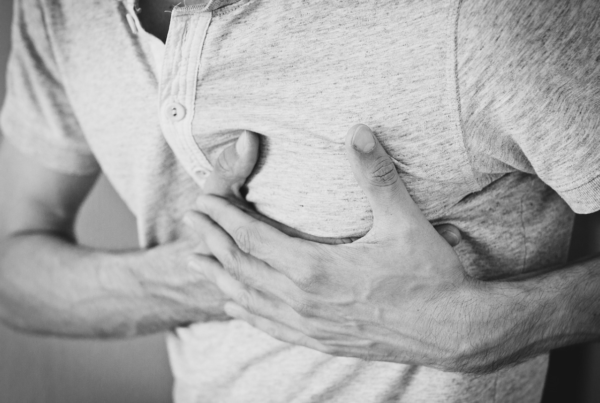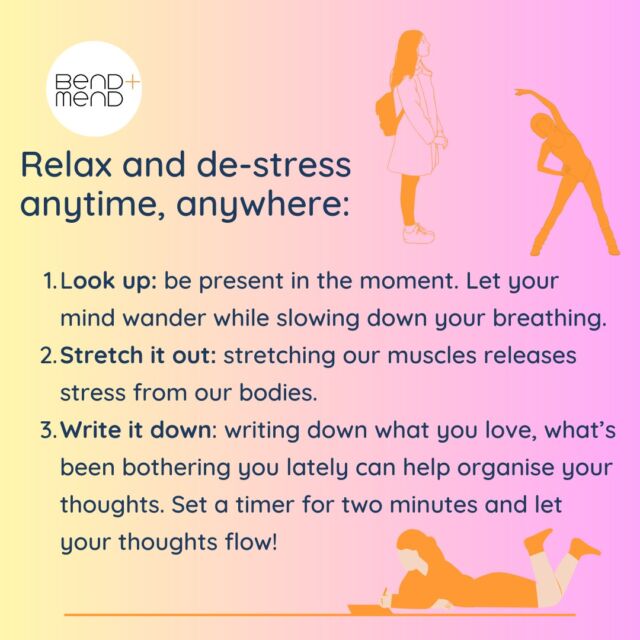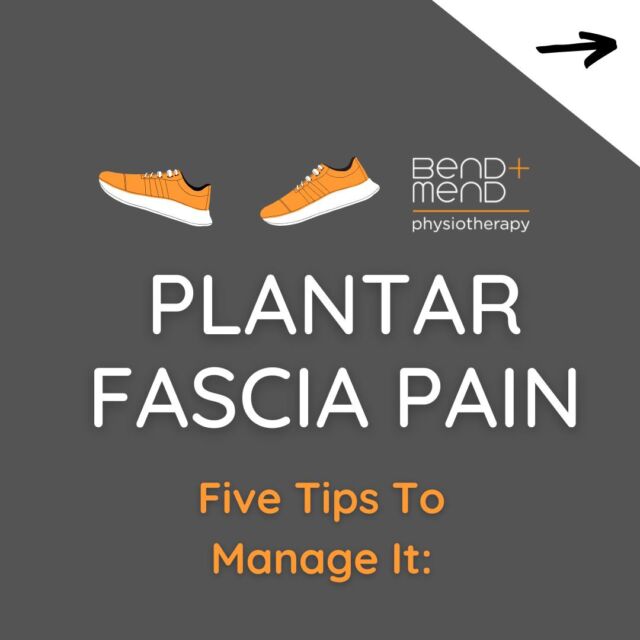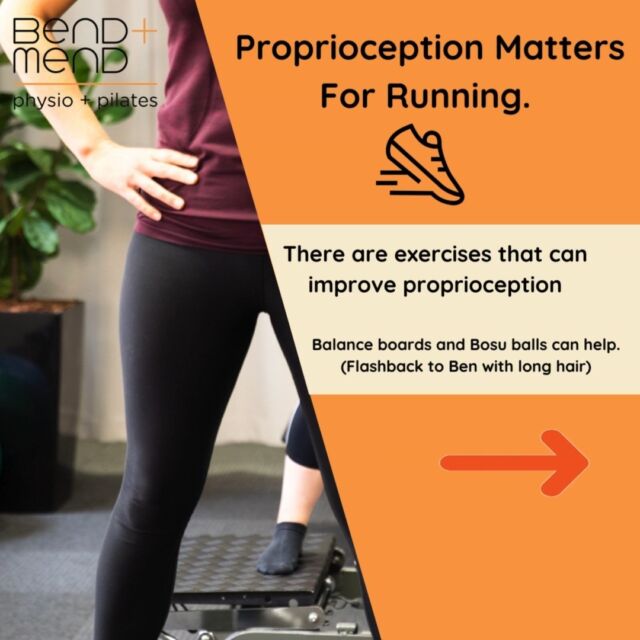Many people set New Years Resolutions and hope to accomplish something new or important in the coming year. A large percentage of people have a health and fitness goal, whether this is to lose weight, improve their fitness or just be generally more active.
This is a fantastic goal and congratulations on making the first step towards a healthier you. However, if you have been quite inactive there are a few tips to help reduce injury when returning to exercise.
1. Start slow and low impact
We have all heard the saying ‘slow and steady wins the race’ and this is very true when it comes to returning to exercise. Start with a short duration and slowly increase the time. You may also want to start with low impact exercises such as walking, swimming or cycling and add in higher impact exercises such as running and jumping activities later in your program to avoid irritating your knees, back and other joints.
2. Warm up and cool down effectively
A warm up is important to prepare the body for exercise and increase the blood flow to the muscles. Most warm ups include a cardiovascular exercise such as walking or cycling and should incorporate movements that are used in your planned work-out. For example, prior to playing soccer it is helpful to perform gentle leg swings that replicate the kicking motion. A cool-down after exercise should be 5-10 minutes long and focus on returning the body to its original state. They often include gentle cardiovascular activities and stretching.
3. Wear good supportive footwear
Everyone has different needs when it comes to footwear and different exercises and activities require varying degrees of support. As a general rule, shoes should have good arch support and stability around the back of the ankle. Shoes also have a ‘best before’ and should be replaced every 750-850km. If you have specific needs, you may find it helpful to speak to a podiatrist or good shoe retailer.
4. Set realistic goals and expectations
Setting realistic goals will help you stay motivated with your program and see the progress you are making. An easy way to set goals is by using the SMART acronym which is:
Specific – goals need to be specific in terms of what, when, where, how, why. For example, instead of ‘be fitter’ try ‘walk for 45 minutes three times a week’
Measurable – Measurement is another excellent way to track progress and know if you have reached your goal. For example, ‘be healthier’ could better be put as ‘eat 5 serves of vegetables every day’ or ‘reach 10,000 steps every day for 6 weeks’.
Achievable – Everyone want to succeed so it is important to find a goal you can achieve. Sometimes breaking up a significant goal such as ‘lose 10kgs’ into smaller goals such as ‘lose 0.5kg a week for 20 weeks’ can make a large goal much easier to track and stay motivated with.
Realistic – Much like being achievable, making a goal realistic also means the preparation and action can work with your life and schedule. For example, it may be achievable to run a half marathon in 4-6 months if you train 4-5 times each week for 40-60 minutes. But if you’re a mother of 3, work full-time and have other outside commitments you may have to decide if that goal is realistic (if it is, great work mums!).
Time bound – Give yourself a time-frame in which you would like to accomplish your goal. This helps keep you accountable and gives you a set end-date so you can measure your progress against your target.
When starting a new exercise regime please avoid the mantra ‘no pain, no gain’. It is common to feel some post exercise soreness for 2-3 days after exercise, but you should never feel pain during or after exercise. If you are experiencing pain or would like some additional advice about returning to exercise, please feel free to contact us at Bend + Mend in Sydney’s CBD or book in for an appointment with our Sports Physio’s.







